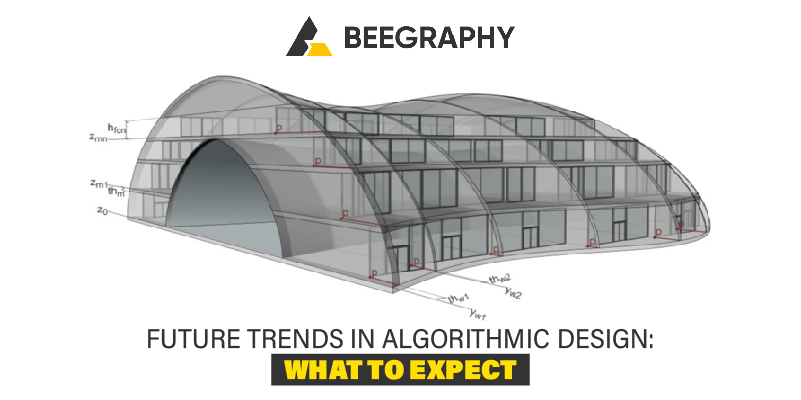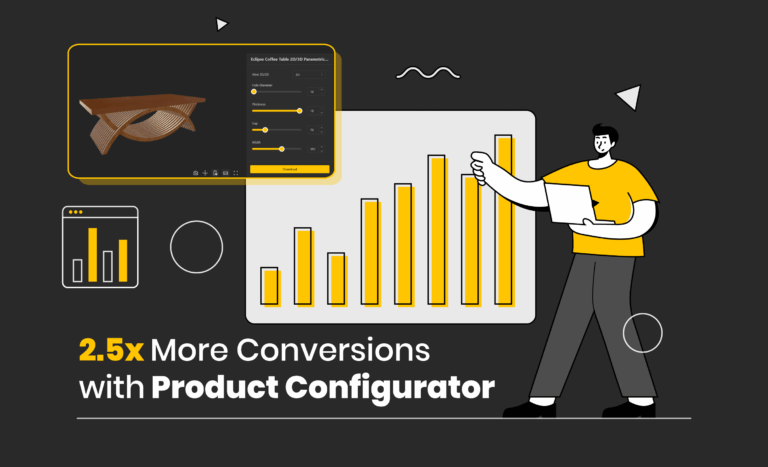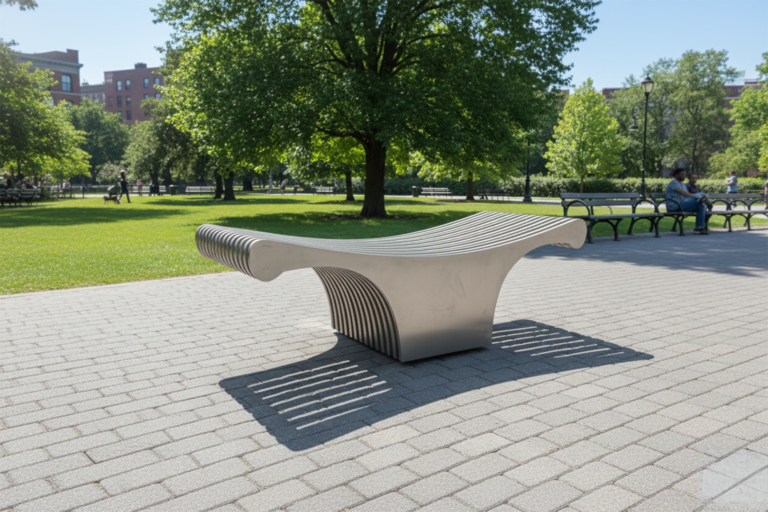Table of Contents
Algorithmic design is a method that uses computer-based math formulas to create detailed designs. Over the years, it has changed the way things are done in architecture, engineering, product design, digital art and various other sectors.
Today, algorithmic modeling keeps changing traditional fields by allowing designers to create complex shapes, improve performance, and try out many design choices quickly and easily. As the technology improves, new trends are shaping the future of algorithmic design, making it smarter, more connected, and easier to use.
Here’s a look at some emerging trends and technologies in algorithmic design and how they might shape the future of design practices.
1.Integration of Artificial Intelligence and Machine Learning
Artificial intelligence (AI) and machine learning (ML) are playing a bigger role in algorithmic design. It is helping algorithms learn from large amounts of data, improve design processes, and come up with new solutions.
In the future, using AI and ML together could make design more automated. Algorithms can not only handle repetitive tasks but also make design choices based on what they’ve learned and predicted.
2.Real-Time Feedback and Simulation
The future of algorithmic design is moving towards real-time feedback and simulation. As a result, designers can quickly see the effects of their changes and make decisions based on data.
As computers get more powerful, algorithms will be able to simulate complex things like how fluids move, the strength of structures, and environmental factors instantly. This is especially helpful in fields like architecture and engineering, where designers can check how well a building or product will perform in different situations early in the design process.
In product design, it can help engineers to quickly test how materials handle stress and wear, which will speed up the development process and lower the costs of physical testing.
3.Parametric Design and Generative Components
Parametric design lets designers make changes to the settings to create various versions. In the future, it will advance with generative components, where algorithms create shapes based on goals, not fixed rules. These components will use factors like environment or needs to suggest new ideas, speeding up the process and boosting creativity, helping designers explore shapes beyond traditional methods.
4.Cross-Disciplinary Collaboration
As algorithmic tools become more accessible, teamwork across fields like architecture, engineering, and digital art will grow. Algorithms will act as a shared language, allowing different experts to work together seamlessly. With tools like BIM and AI, designs will become more unified and creative, combining strengths from various fields.
5.Sustainable Design and Optimization
Sustainability is changing many industries, including algorithmic design. Algorithms save resources, reduce waste, and make eco-friendly products. In the future, they will focus more on using less energy, cutting waste, and lowering carbon footprint.
In architecture, algorithmic design can help choose eco-friendly materials and methods. Professionals can design products with less material but keep them strong.
As the importance of sustainability grows, algorithms will use more environmental data. Designs will be functional, stylish, and eco-friendly.
6.Augmented Reality (AR) and Virtual Reality (VR) Integration
Using augmented reality (AR) and virtual reality (VR) in algorithmic design will let designers work with digital models in real time. These tools will help them see complex structures and test how well a design works before building it.
For example, architects can use VR to walk through a digital building and adjust the design based on how it feels. Product designers can use AR to see how a product fits in the real world. Combining AR/VR with design tools will make the process more interactive, helping people work together more easily.
7.Accessibility and Democratization of Design Tools
As design tools become easier to use, more people can try algorithmic modeling. In the future, both professional designers and hobbyists, educators, and students will use these techniques.
User-friendly platforms and online solutions are making advanced design methods available to more people, boosting creativity and innovation. The growth of open-source platforms and shared resources will speed up this trend.
In Conclusion
Algorithmic design is leading a technology revolution that is changing how people think about design and creativity. By using trends like AI, real-time simulation, sustainable practices, and teamwork across different fields, algorithmic modeling is becoming smarter and more efficient. As these tools become easier to use and connect with new technologies, there will be more opportunities for innovative designs.
Explore the Future of Algorithmic Design with BeeGraphy
At BeeGraphy, we understand the importance of leading in design innovation. Our easy-to-use cloud-based software, the BeeGraphy Editor, helps you turn your ideas into reality. By combining powerful design tools with a platform for sharing parametric designs, we encourage teamwork and inspire creativity.
Join BeeGraphy to explore the future of algorithmic design and find your creative potential. Sign up today!











